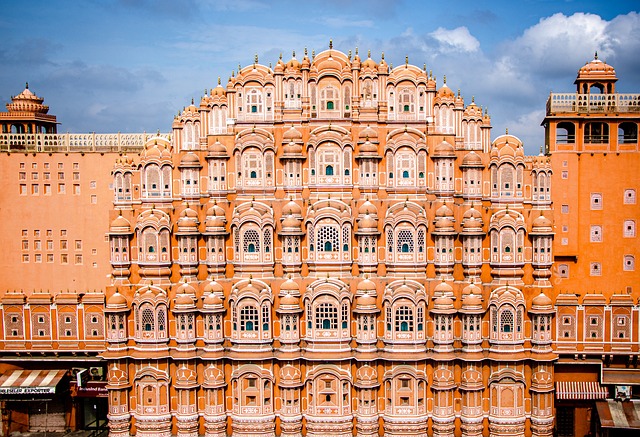
Overview of the Chapter
This chapter, titled "India and the Contemporary World – I," is part of the CBSE Grade 9 Social Studies curriculum. It explores India's historical developments and their connections to global events during the modern era. The chapter provides insights into key historical events, socio-economic changes, and political transformations that shaped India and the world.
The chapter emphasizes understanding India's role in the contemporary world through the lens of colonialism, nationalism, and economic changes.
Key Themes Covered
- The French Revolution and its impact on India
- Colonialism and its socio-economic consequences
- The rise of nationalism in India
- Industrialization and its global effects
Important Historical Events
The chapter discusses significant events such as:
- The French Revolution (1789) and its influence on Indian political thought
- The establishment of British colonial rule in India
- The Revolt of 1857 and its aftermath
- The growth of Indian nationalism in the late 19th and early 20th centuries
Nationalism in India emerged as a response to colonial exploitation, leading to mass movements and the eventual struggle for independence.
Economic Changes
The chapter highlights how colonialism transformed India's economy:
- Deindustrialization and the decline of traditional crafts
- The introduction of cash crops and its impact on agriculture
- The role of railways and communication in colonial administration
Conclusion
This chapter provides a comprehensive understanding of India's historical journey and its interconnectedness with global developments. It helps students analyze the socio-political and economic changes that shaped modern India.
